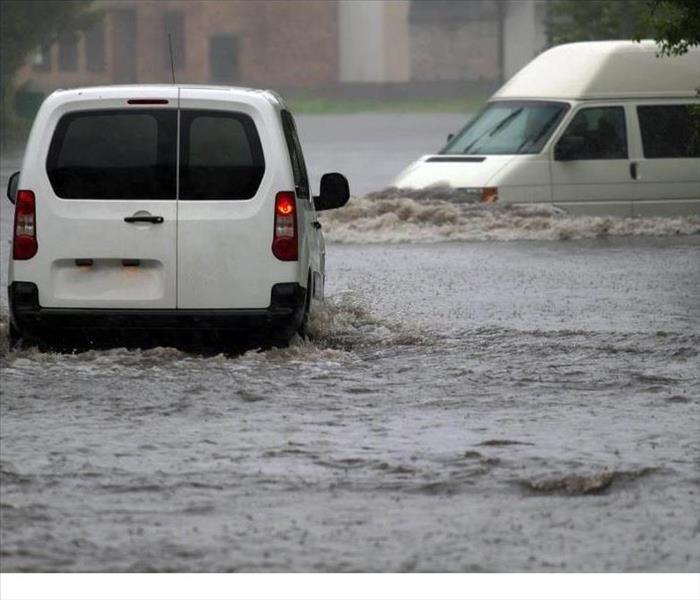The Impact of Hurricanes on Lake Mary, Florida
1/24/2023 (Permalink)
 This is a photo that shows what water damage on a business can look like in Lake Mary, Heathrow, Florida.
This is a photo that shows what water damage on a business can look like in Lake Mary, Heathrow, Florida.
Hurricane Preparedness for property owners in Lake Mary
On September 28, Category 4 Hurricane Ian made landfall in Florida. Our SERVPRO team in other states got ready to go to Florida as Floridians began to evacuate. Vehicles from our teams across the nation were ready to stand by property owners' sides and provide assistance to any Hurricane damage in Lake Mary when needed.
Overview of Hurricane Damage in Lake Mary
Our team in restoration team in Lake Mary helped local residents and businesses with storm damage. Businesses in Lake Mary were boarded up for days and some even a week. To reopen and operate as soon as possible, our teams were working day and night to ensure that we can get a business open.
Right next door to us in Lake Mary we have Sanford. Sanford had flooding for over a month and didn't recede until a month after Hurricane Ian. There was a famous pizza shop in Historic Downtown Sanford that was anticipating opening every weekend, unfortunately, that pizza shop could not make it through the closure.
Right after our teams got back to normal operations, Hurricane Nicole was lurking in the ocean. Luckily there was not too much damage but there were some vulnerable moments from the first hurricane. We went from having water damage to mold damage due to unknown water intrusion in homes in Lake Mary, Florida.
Driving Tips During a Flood
8/27/2022 (Permalink)
 Drive safely in flooded streets
Drive safely in flooded streets
Driving During a Flood
When a bad storm hits Heathrow, FL, floodwaters can rise in no time. Rather than barrel down your flooded street, you should take a few precautions when there is a lot of water on the road. Here are some tips on staying safe if you must drive after a heavy storm.
Steer Clear of Standing Water
Many drivers tend to ignore travel tips and get overconfident when flash floods occur. They expect that standing water is harmless. The truth is that there can be many unseen hazards beneath the surface:
• Branches or other debris
• Potholes or washed out pavement
• Moving water
It is unlikely that you are able to discern how safe it is to drive through water when you can’t see to the bottom of it. Even a few inches can stall your vehicle or even move it off the road. Flood damage experts recommend that you find an alternate route or just wait until the water has a chance to drain.
Slow down
A flooded street is not a racetrack. Even if the water is shallow enough to navigate, you still need to reduce your speed so that you don’t stall your vehicle or hydroplane. If your tires cause water to fan out to the side, you are probably going too fast to be safe.
Don’t Use Others as a Gauge
Just because other drivers make it through flooded roads, that doesn’t mean you should try it. Flood conditions change rapidly. The car in front of you could have inadvertently knocked some debris into your path that will tear up your vehicle. Rely on your own good judgment rather than the whims of other people.
A flooded street is not meant to be a challenge. When in doubt, it is better to turn around and go back the way you came than try to rush through standing water. Safety should always come first.
 This is a photo that shows what water damage on a business can look like in Lake Mary, Heathrow, Florida.
This is a photo that shows what water damage on a business can look like in Lake Mary, Heathrow, Florida.





 24/7 Emergency Service
24/7 Emergency Service
